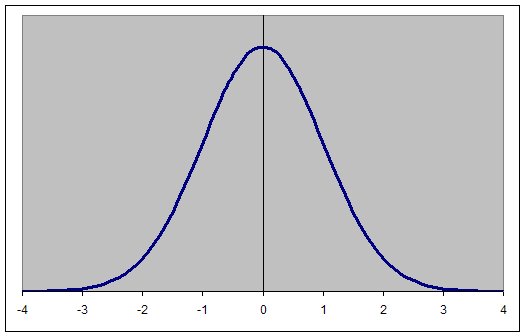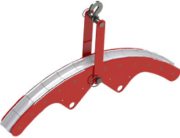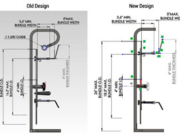Wire mesh pulling grips, chinese fingers, pulling socks, stockings, support grips – whatever you call them, pulling grips are one of those tools that everybody uses for utility installations. Overhead, underground, through ducts and over sheaves, grips are a flexible, low-profile option.
Their greatest drawback is the limited strength and durability of the individual wire strands. Like any wire rope, abrasion and fatigue will eventually lead to a loss of strength and a broken grip. And, talking with one customer this week, “breaking strength” can depend on whose catalog you’re looking at.
Picture a typical bell curve. Starts small, gets big at the halfway point, gets small again. Most catalogs (DCD Design included) reference an Average or Approximate Breaking Strength. That’s halfway; by definition, half the grips are stronger than Average and half are weaker.
This weaker half is one reason we apply 3-5x safety factors to find the Safe Working Load. So a grip with an Approximate Breaking Strength of 12,000lb, should be limited to a Safe Working Load of 3,000-4,000lb when it’s new. As a grip becomes worn, the SWL should be further restricted.

Some catalogs refer to a Minimum Breaking Strength, down at the bottom end of the curve. Now 95-99% of the grips break above the quoted Minimum strength. This has one advantage: you can fine-tune your safety factors to include that certainty, though you’re starting from a lower Breaking Load. Really, you may find the SWL hasn’t changed much.
In the end, the quality of the grip will be the greatest apparent difference. DCD Design’s Pulling and Support grips are hand-made by experienced craftsmen, so you can be certain of quality and consistency.
Phone:
1-888-794-8357
Email:
sales@dcddesign.com







Leave A Comment